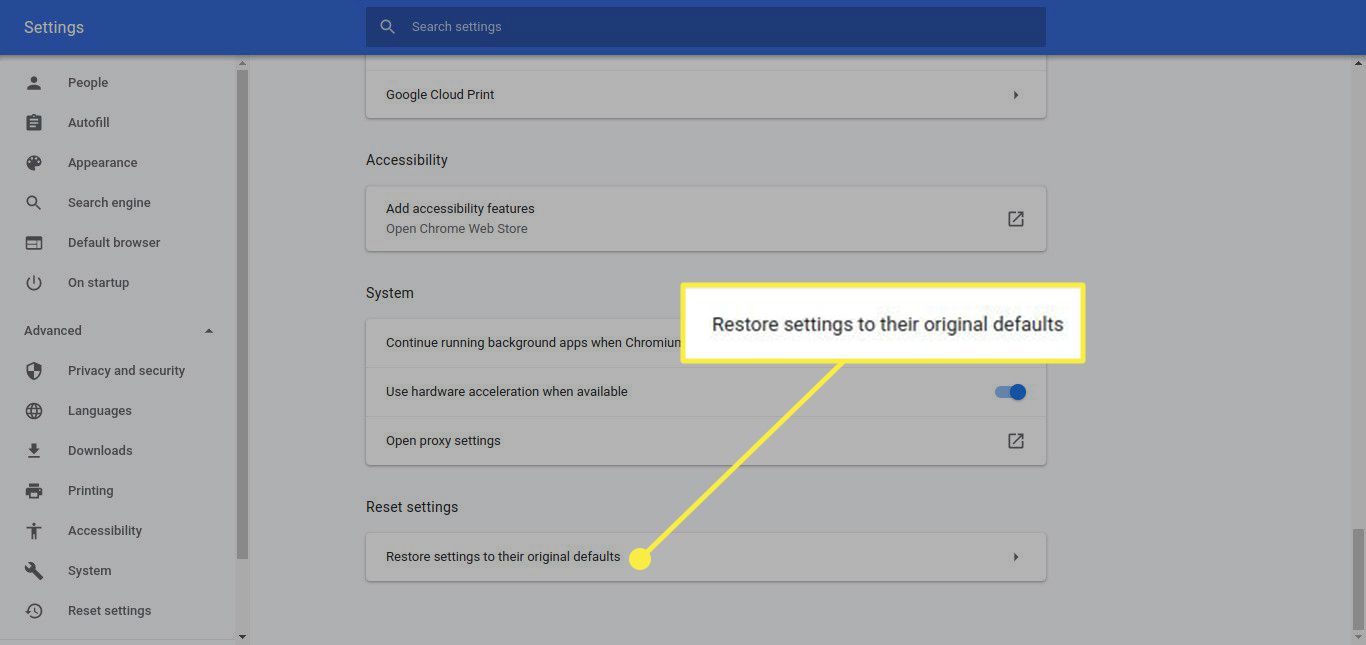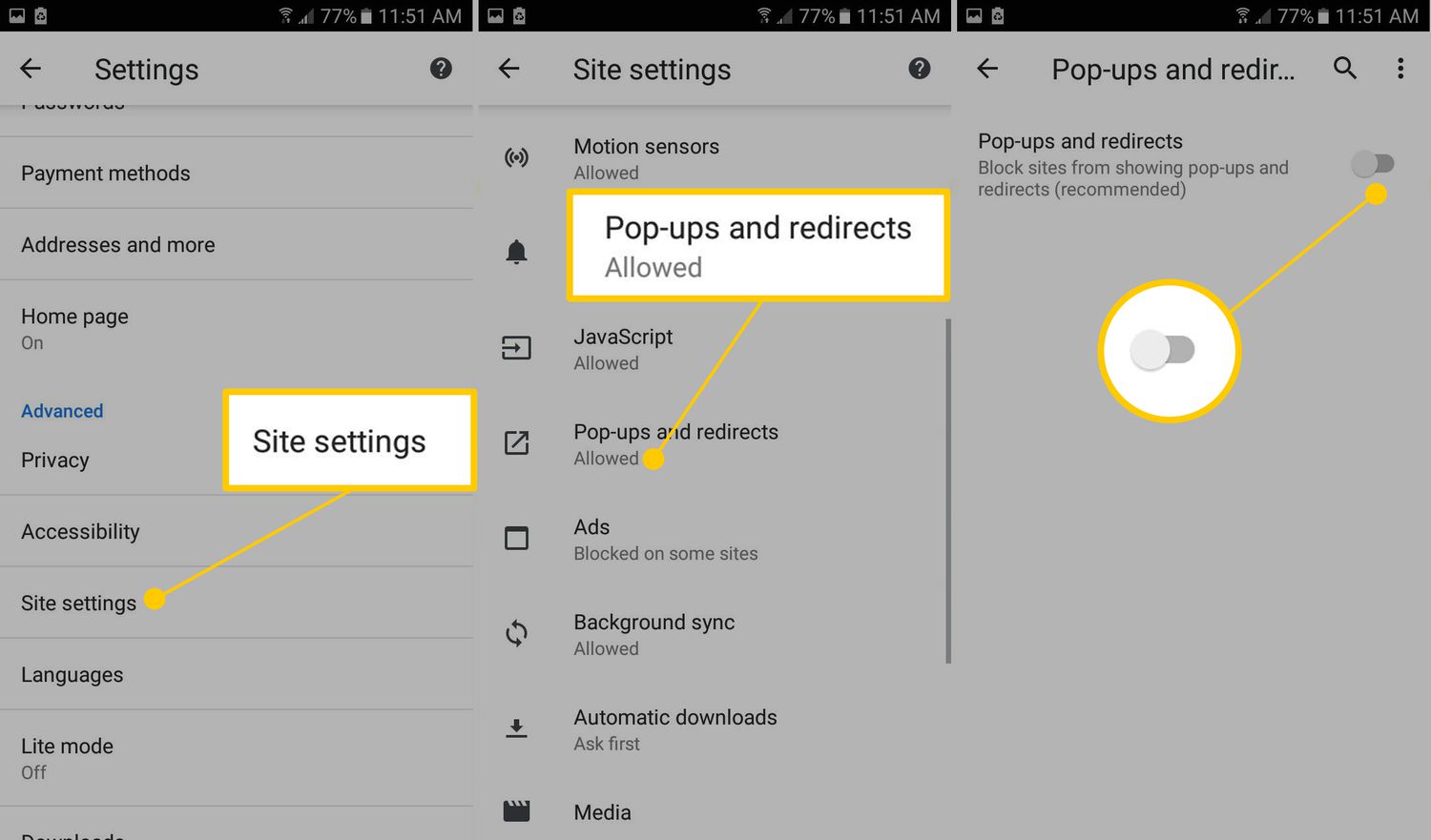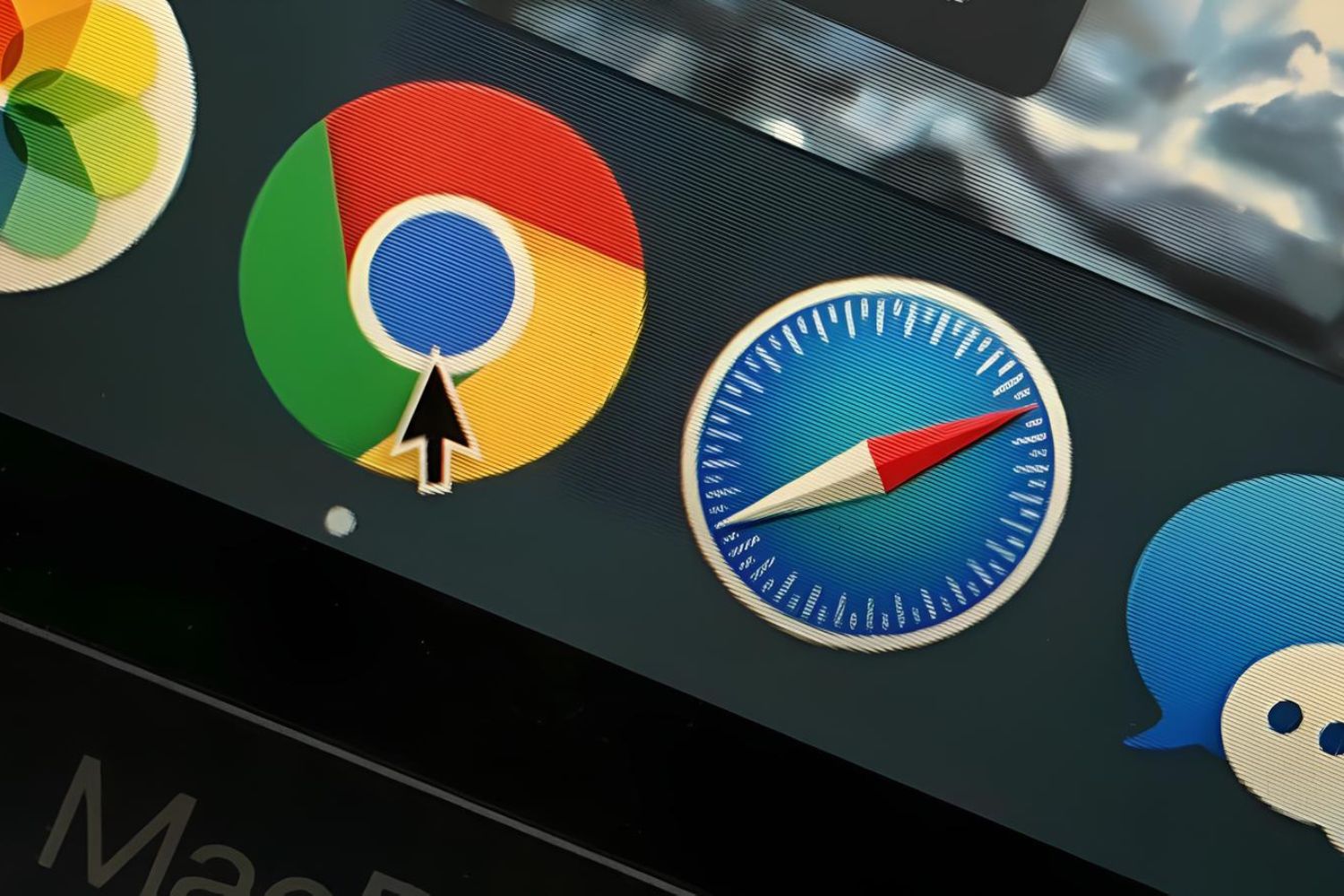Introduction
Protected content in Chrome refers to digital media, such as videos, audio, and interactive experiences, that are safeguarded from unauthorized access or piracy. This protection is essential for content creators and distributors to ensure that their intellectual property is secure and that they can control how their content is consumed.
In the digital age, where content is easily shared and distributed across various platforms, protecting intellectual property is crucial for the sustainability of creative industries. Chrome, as one of the most popular web browsers globally, plays a significant role in ensuring that protected content remains secure and accessible only to authorized users.
Understanding the concept of protected content in Chrome is essential for both content creators and consumers. It sheds light on the measures taken to safeguard digital media and the technologies employed to prevent unauthorized access or distribution. As we delve into the intricacies of protected content, we will gain insights into the mechanisms that Chrome employs to uphold the integrity of digital media.
Let's explore the definition of protected content and delve into how Chrome protects such content to maintain the security and integrity of digital media.
Definition of Protected Content
Protected content refers to digital media, such as videos, audio, and interactive experiences, that is safeguarded from unauthorized access or piracy. It encompasses various forms of intellectual property, including movies, TV shows, music, and online courses, among others. The protection of this content is crucial for content creators, distributors, and rights holders, as it ensures that their work is not exploited or distributed without proper authorization.
In the context of web browsers like Chrome, protected content is often associated with digital rights management (DRM) technologies. DRM encompasses a range of access control and copy protection technologies that are used to restrict the use of proprietary software, hardware, or content. This includes measures to prevent unauthorized redistribution or reproduction of digital media, thereby safeguarding the interests of content creators and copyright holders.
Protected content in Chrome is typically associated with streaming services, online platforms, and websites that offer premium or licensed content. For instance, when users access streaming platforms to watch movies or TV shows, the content is often protected to prevent unauthorized downloading or sharing. Similarly, online courses and educational materials may be protected to ensure that only enrolled students or authorized users can access the content.
The concept of protected content extends beyond mere encryption or access control. It encompasses the broader framework of intellectual property rights and the legal mechanisms that govern the distribution and consumption of digital media. By defining and protecting content, creators and rights holders can maintain control over how their work is accessed and utilized, thereby preserving the value of their intellectual property.
In essence, protected content in Chrome represents a commitment to upholding the rights of content creators and ensuring that digital media is consumed in a manner that respects copyright laws and licensing agreements. As technology continues to evolve, the protection of digital content remains a dynamic and critical aspect of the digital landscape, shaping the way content is created, distributed, and experienced by audiences worldwide.
How Chrome Protects Content
Chrome employs various mechanisms to protect digital content and uphold the integrity of intellectual property rights. These measures are designed to ensure that protected content remains secure and accessible only to authorized users, thereby mitigating the risk of unauthorized access, distribution, or piracy.
Encrypted Media Extensions (EME)
One of the primary methods through which Chrome protects content is through the implementation of Encrypted Media Extensions (EME). EME is a W3C specification that enables web content to utilize encrypted media, such as video and audio, through HTML5. This allows content providers to deliver encrypted media streams to web browsers, ensuring that the content remains protected from unauthorized access.
Digital Rights Management (DRM)
Chrome integrates Digital Rights Management (DRM) technologies to enforce access controls and copy protection for protected content. Through DRM, content providers can apply encryption and licensing restrictions to digital media, preventing unauthorized redistribution or reproduction. This enables content creators and distributors to safeguard their intellectual property and control how their content is consumed.
Secure Media Playback
Chrome implements secure media playback capabilities to ensure that protected content is rendered in a secure environment. This involves leveraging hardware-based security features, such as secure execution environments and trusted execution environments, to prevent unauthorized interception or tampering with the playback of protected media. By creating a secure playback environment, Chrome enhances the protection of digital content from potential vulnerabilities or exploits.
Integration with Content Protection Systems
Chrome integrates with various content protection systems, including industry-standard DRM solutions, to provide a seamless and secure environment for consuming protected content. This integration enables content providers to enforce licensing agreements, apply access controls, and manage the distribution of digital media, thereby ensuring that protected content is accessed and utilized in compliance with legal and contractual requirements.
Continuous Security Updates
Chrome prioritizes the implementation of security updates and patches to address potential vulnerabilities that may compromise the protection of digital content. By regularly updating its security features and addressing emerging threats, Chrome enhances the resilience of its content protection mechanisms, thereby fortifying the defense against unauthorized access, distribution, or exploitation of protected content.
In summary, Chrome's approach to protecting content encompasses a multifaceted strategy that leverages encryption, DRM technologies, secure playback environments, integration with content protection systems, and continuous security updates. By employing these measures, Chrome reinforces the security and integrity of protected content, thereby upholding the rights of content creators and ensuring that digital media is consumed in a manner that respects copyright laws and licensing agreements.
Examples of Protected Content
Protected content spans a wide range of digital media that is safeguarded from unauthorized access or piracy. In the context of Chrome and web browsers, numerous examples illustrate the diverse forms of protected content and the measures taken to ensure its security and integrity.
-
Streaming Services: Platforms such as Netflix, Amazon Prime Video, and Disney+ offer a plethora of movies, TV shows, and original content that are protected to prevent unauthorized downloading or sharing. Through the implementation of DRM technologies and secure media playback, these streaming services ensure that their premium content remains accessible only to subscribed users, thereby safeguarding the rights of content creators and copyright holders.
-
Online Music Streaming: Services like Spotify, Apple Music, and Tidal provide access to a vast library of music that is protected from unauthorized distribution. By leveraging encrypted media extensions and DRM, these platforms enable users to stream music while preventing unauthorized copying or redistribution, thereby preserving the value of licensed music content.
-
Educational Platforms: Online learning platforms and educational websites often host protected content in the form of video lectures, course materials, and interactive modules. By implementing DRM and access controls, these platforms ensure that only enrolled students or authorized users can access the educational content, thereby upholding the integrity of online courses and educational resources.
-
Gaming Content: With the rise of cloud gaming and digital distribution platforms, video game content is increasingly protected to prevent unauthorized copying or usage. Platforms like Steam, Epic Games Store, and Xbox Game Pass employ DRM and secure media playback to safeguard digital game downloads and in-game content, thereby protecting the intellectual property of game developers and publishers.
-
Live Events and Pay-Per-View: Streaming live events, sports matches, and pay-per-view broadcasts involves protecting the content from unauthorized access and redistribution. Through the integration of content protection systems and secure streaming protocols, providers ensure that live content remains secure and accessible only to paying viewers, thereby preserving the exclusivity and value of live entertainment experiences.
These examples underscore the diverse landscape of protected content in Chrome and web browsers, encompassing streaming services, music platforms, educational resources, gaming content, and live events. By employing a combination of encryption, DRM technologies, secure playback environments, and content protection systems, Chrome ensures that protected content remains secure and accessible only to authorized users, thereby upholding the rights of content creators and copyright holders in the digital realm.
Conclusion
In conclusion, the concept of protected content in Chrome represents a pivotal aspect of the digital landscape, shaping the way digital media is created, distributed, and consumed. By safeguarding intellectual property rights and implementing robust content protection mechanisms, Chrome plays a crucial role in upholding the integrity of digital content and ensuring that content creators and copyright holders can maintain control over their work.
The comprehensive approach to protecting content in Chrome, encompassing encrypted media extensions, DRM technologies, secure playback environments, integration with content protection systems, and continuous security updates, reflects a commitment to preserving the value of digital media. This commitment extends beyond mere technological measures; it embodies a dedication to respecting copyright laws, licensing agreements, and the rights of content creators.
Furthermore, the examples of protected content, ranging from streaming services and online music platforms to educational resources and gaming content, illustrate the diverse applications of content protection in the digital realm. These examples underscore the significance of protecting digital media from unauthorized access or piracy, thereby fostering a sustainable ecosystem for content creation and distribution.
As technology continues to evolve, the protection of digital content remains an ongoing endeavor, necessitating continuous innovation and adaptation to address emerging challenges. Chrome's proactive stance in implementing security updates and leveraging advanced content protection technologies reflects a commitment to staying ahead of potential threats and vulnerabilities, thereby reinforcing the security of protected content.
Ultimately, the protection of digital content in Chrome serves as a cornerstone for fostering creativity, innovation, and responsible consumption of digital media. By upholding the rights of content creators and ensuring that protected content is accessed and utilized in compliance with legal and contractual requirements, Chrome contributes to a digital ecosystem where intellectual property is respected, and the value of creative work is preserved.
In essence, the concept of protected content in Chrome transcends technological considerations; it embodies a fundamental principle of respecting and safeguarding the intellectual property that fuels creativity and innovation in the digital age. As Chrome continues to evolve and adapt to the dynamic landscape of digital content, its commitment to protecting intellectual property rights remains integral to shaping a sustainable and equitable digital environment for content creators, distributors, and audiences worldwide.

























